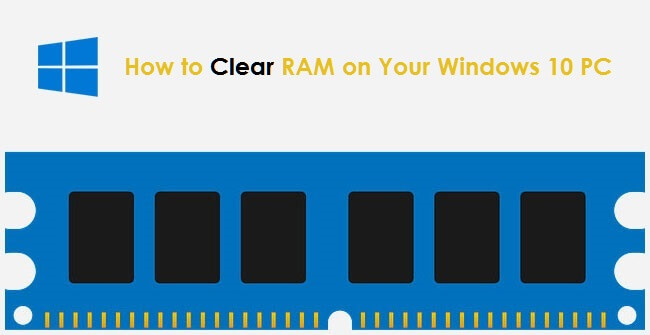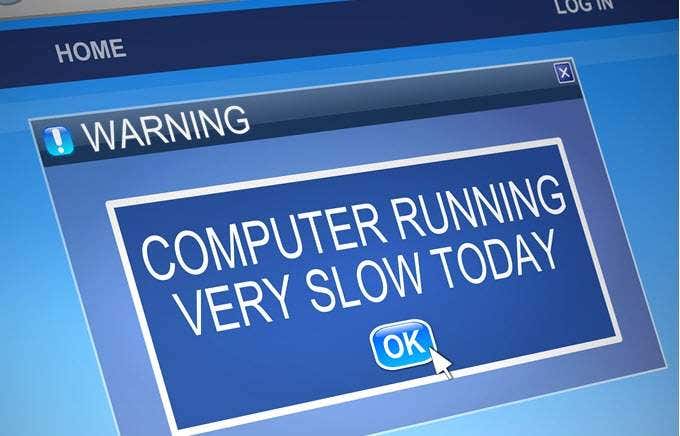Free Up Ram In Windows 10
RAM is known as random-access memory - a memory component that holds the data for your system running. With continuously use of Windows 10 system, more and more tasks will launch in background to support the running application. But sometimes you kill an application, some tasks will still running in background. Inevitably, it will take up much ram storage and has your computer got slower and slower.
To get started, open the Task Manager by searching for it in the Start menu, or use the Ctrl + Shift + Esc shortcut. Moulinex masterchef gourmet manual. Click More details to expand to the full utility if needed. Then on the Processes tab, click the Memory header to sort from most to least RAM usage. Keep the apps you see here in mind, as we'll discuss more on them later. Apr 21, 2020 To get started, open the Task Manager by searching for it in the Start menu, or use the Ctrl + Shift + Esc shortcut. Click More details to expand to the full utility if needed. Then on the Processes tab, click the Memory header to sort from most to least RAM usage. Keep the apps you see here in mind, as we'll discuss more on them later. Follow these suggestions to clear the memory cache in Windows 10 to free up RAM on the computer. Restarting the PC is the best way. Close unwanted programs and processes from the Task Manager.
Now, you need to free up RAM in Windows 10.
Last on our list of best RAM cleaners for Windows 10 is RAMRush. This memory management tool frees up RAM space, optimizes memory usage, and enhances the overall working of your Windows device. What do we love about RAMRush? It frees up memory space.
To get started, free download a Windows 10 RAM optimizer -Windows Care Genius. Also it can be fully compatible with Samsung, Lenovo, Dell, Sony, HP and Acer running Windows 10/8.1/8/7/XP. Then install and launch it in your computer. After that, follow instructions blow to learn how to fix Windows 10 high RAM usage.

Solution 1: Free Up RAM with System Checkup
Step 1:Click“Checkup” in the main interface of Windows Care Genius, and it will automatically scan the system useless file and traces. What’s more, it will check the redundant tasks which still running in background. After the scanning completed, you can click “Fix” to repair these items and free Windows 10 RAM.
Step 2:Click on “System Monitor”, you will see the detailed RAM and CPU usage rate of every process.Here you will find some useless processes disappearand close unnecessary process to increase your RAM space at any time.
Solution 2: Fix Windows 10 High RAM Usage with System Tuneup
Step 1:To get more RAM space for your system, please turn to “System Tuneup” for deeply RAM clean. Here you can find more tools that will help you fix the high RAM usage.
Step 2:Scroll down in main window and check the items under “System Speedup”, then you can free Windows 10 RAM and bring back a fast system.
Step 3:Some system tasks, applications or services will launch by default when your system startup.
In“Startup Manager”, you can scanning your system startup items and disable the unnecessary applications to speed up the system boot.
Not only can Windows Care Genius release ram on Windows 10, but also it can check up its health status, clean up junk files for optimization and manage startup programs. If you have any question, please leave it under the comment section.
Read More Win 10 Tips: Top 4 Free Windows 10 Password Recovery/Reset Tool
- Related Articles
- How to Recover Forgotten Windows 10 Password
- How to Change Password on HP Pavilion
- How to Crack Laptop Password
Please enable JavaScript to view the comments powered by Disqus.comments powered by Disqus
P.S. Scroll down to ‘The Solution’ for the fix.
For the past couple months, I’ve been using Windows Subsystem for Linux to write code and program inside a Linux system on my Windows 10 Home PC without having to bother with either VMware or Docker.
VMware feels super archaic in the world of Docker images and Kubernetes. Creating shells take so much memory and every single instance of an OS inside VMware takes entire chunks of memory/CPU. Meanwhile, if you have Windows 10 Home, you don’t have access to Hyper-V which is the engine that allows proper virtualization on Windows, thus you can’t use Docker Desktop on your system and have to settle for Docker Toolbox. I don’t want to go too deep into the subjects of my other blogs.

WSL allows me to run a GNU/Linux environment — including most command-line tools, utilities, and applications — directly on Windows, unmodified, without the overhead of a virtual machine.
The Problem
WSL promised me super low resource usage, but I was really surprised to see my RAM usage at almost full capacity while I was working.
Looking For The Problem
I assumed it was my browser hogging all that RAM because I never have lesser than 50 tabs open. I close dozens of tabs everyday but reopen more. At this point, I’ve had to allocate “Spring Cleaning” sessions for my browser every couple weekends. You probably know the struggle, devbros.
Finding The Culprit
Find Ram Info Windows 10
I closed up my browser, and checked my RAM usage and was suprised to see that something called Vmmem was eating up 4GB.
After a quick search and making sure that a cryptocurrency mining malware hadn’t infected my system, I found this description on the web.
The vmmem process is a virtual process that the system synthesizes to represent the memory and CPU resources consumed by your virtual machines. In other words, if you see vmmem consuming a lot of memory and CPU resources, then that means your virtual machines are consuming a lot of memory and CPU resources.
Memory Optimizer Windows 10
Well then, this isn’t supposed to happen, right? Even VMware doesn’t eat this much.
Figuring A Fix
First step for me was checking how much memory was Ubuntu consuming using the free -h command inside my WSL terminal.
free displays the total amount of free and used physical and swap memory in the system, as well as the buffers and caches used by the kernel. The information is gathered by parsing /proc/meminfo. -h or --human shows all output fields automatically scaled to shortest three digit unit and display the units of print out.
Free Up Ram Usage Windows 10
When I saw my entire memory under total instead of how much vmmem was hogging, I remembered reading that WSL uses your entire RAM as it’s own. And moreoever, only 101MB was actually being used by the distro.
I started up a Rails server to see if there were any changes.
Huh. It only increased my used RAM to 169MB. Yet, Vmmem continued to consume the same amount.

Anyway, after jumping around from Github Issues to WSL documentations, I figured I had to actually stop the WSL processes to reclaim the memory.
Use wsl -l -v to check out all running distros on your WSL.
Then, wsl -t {insert distro} to terminate the ones in use. Or, simply wsl --shutdown.
View Ram In Windows 10
You’ll get back the memory from WSL, and you can see the drop in RAM usage in the screenshot above.
Takeaway
WSL does use a really low amount of RAM but it is allocated about 4GB by default when it is started. If you think that’s too much and would like to decrease it, Windows Insider Build 18945 brough customizable settings for wsl.
Create a %UserProfile%.wslconfig file and use it to limit memory assigned to WSL2 VM.
Mplab crack. Therefore, in your situation, all you need to include in your file is ⤵
Free Up Ram Windows 10 Reddit

Customize it as necessary with the available options.
